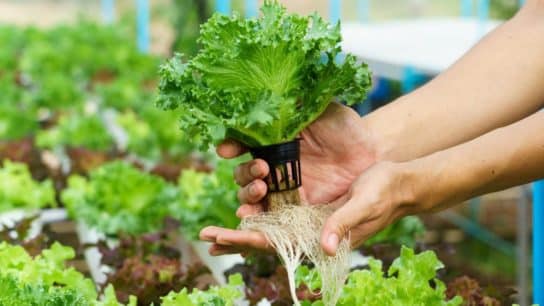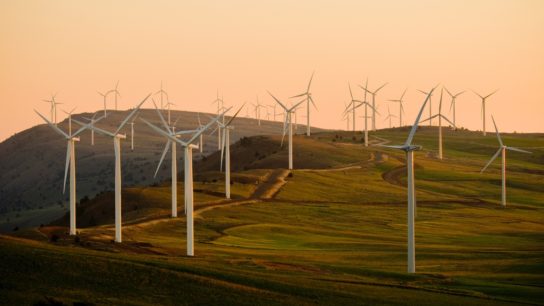Plant-based protein could be a powerful means to solve a global food crisis. A new UBS report states that sweeping technological innovations are transforming the global food industry by changing the way the world produces food.
—
The United Nations estimates that the world’s farmers will have to produce at least 50% more food by 2050 as global population is expected to rise to almost 10 billion. Climate change and water scarcity are already having major impacts on global food production, while the world would face substantial declines in agricultural output by 2030 due to extreme weather conditions and water scarcity.
Plant-based protein and lab-grown meat could be the answers to an impending food crisis and the climate crisis, according to research from Swiss investment bank UBS.
A report by UBS titled Food Revolution states that the market for plant-based protein is expected to surge to $85bn over the next decade as people seek out alternative options that are more environment-friendly. With the technological revolution in agriculture, the segment will expand at a compound annual growth rate of 28% by 2030, from around $4.6bn last year.
“Mock meat was an almost comical fad 20 years ago,” Wayne Gordon, a senior Asia-Pacific strategist at UBS Global Wealth Management, says in the 67-page report. “It’s no laughing matter today, given the industry’s meteoric rise in recent years.”
Plant-based Protein and Climate Change
Unlike past trends, it is people who are driving the call for change and not corporations and governments. UBS predicts the developments in lab-grown meat would be accelerating over the next five years because of the growing calls to produce sustainable foods that have a lesser impact on water resources and climate. Global food production currently accounts for 40% of land use, 30% of greenhouse gas emissions, and 70% of freshwater consumption. Citing a study from Environmental Science and Technology, the report says that lab-grown meat could cut greenhouse gas emissions from agriculture by 78–96% while using 99% less land.
“The ability to create food that replicates meat, fish, eggs and dairy products — with a lower carbon footprint and without the need to slaughter animals — is likely to become a commercially viable option in the next decade,” the report notes. “While science can’t yet create the texture of a fine steak, processed meat such as burgers, chicken nuggets, and meatballs are getting good reviews and are expected to be available on supermarket shelves within five years.”
You might also like: Could Biofuels Do More Harm Than Good?

Vertical farming is one of the solutions that could reduce boost yields and improve crop resilience.
Technological innovations such as gene-editing and 3D food printing could make food much healthier and more sustainable. “We first need to bust the lingering myth that technology is the enemy of natural, abundant, nutritional and affordable food,” the report says. “After all, technology is the only way to secure the nutrition needed without destroying the planet. The good news is that we are on the cusp of a global food revolution. Transformational change, in our view, is about to occur across every aspect of how the sector works and what it produces.”
Other technological solutions
The report also lists a number of other solutions that would mitigate climate crisis and solve the food crisis:
Satellite-enabled systems
Precision farming technologies, including the use of data from high-resolution satellite images, meteorological records, and soil nutrient sensors, can help farmers both to reduce costs and enhance production yields.
Smart farming
Vertical farming and algae aquaculture could reduce resource use, boost yields, and improve crop resilience.
Supply chain innovation
Blockchain, food delivery apps, Internet of Things (IoT), and bioplastics could reduce food waste, improve provenance, limit fraud risks, and increase traceability.
Water-saving technology
Digital and analytics technologies, like smart sensors in crop fields and satellite images to glean information about soil conditions, could enable producers to understand their water availability and utilise it with precision, hence reducing water waste.
Big data and connectivity
Connected devices like IoT and sensors make it possible to gather vast amounts of data, such as humidity, local rainfall rates, and temperature variations, which can be used to optimise many processes.














